On average, a person will take about 20,000 baths in their lifetime, and a good bathing routine can enhance both quality of life and promote physical and mental health. For many health-conscious homeowners, a common question often arises: "Is bathing in a bathtub really beneficial for the body? And are there any groups of people who should avoid it?" To help answer these frequently asked questions, Giving Tree Home has carefully gathered authoritative information from various professional health websites and compiled this article to provide practical health advice.
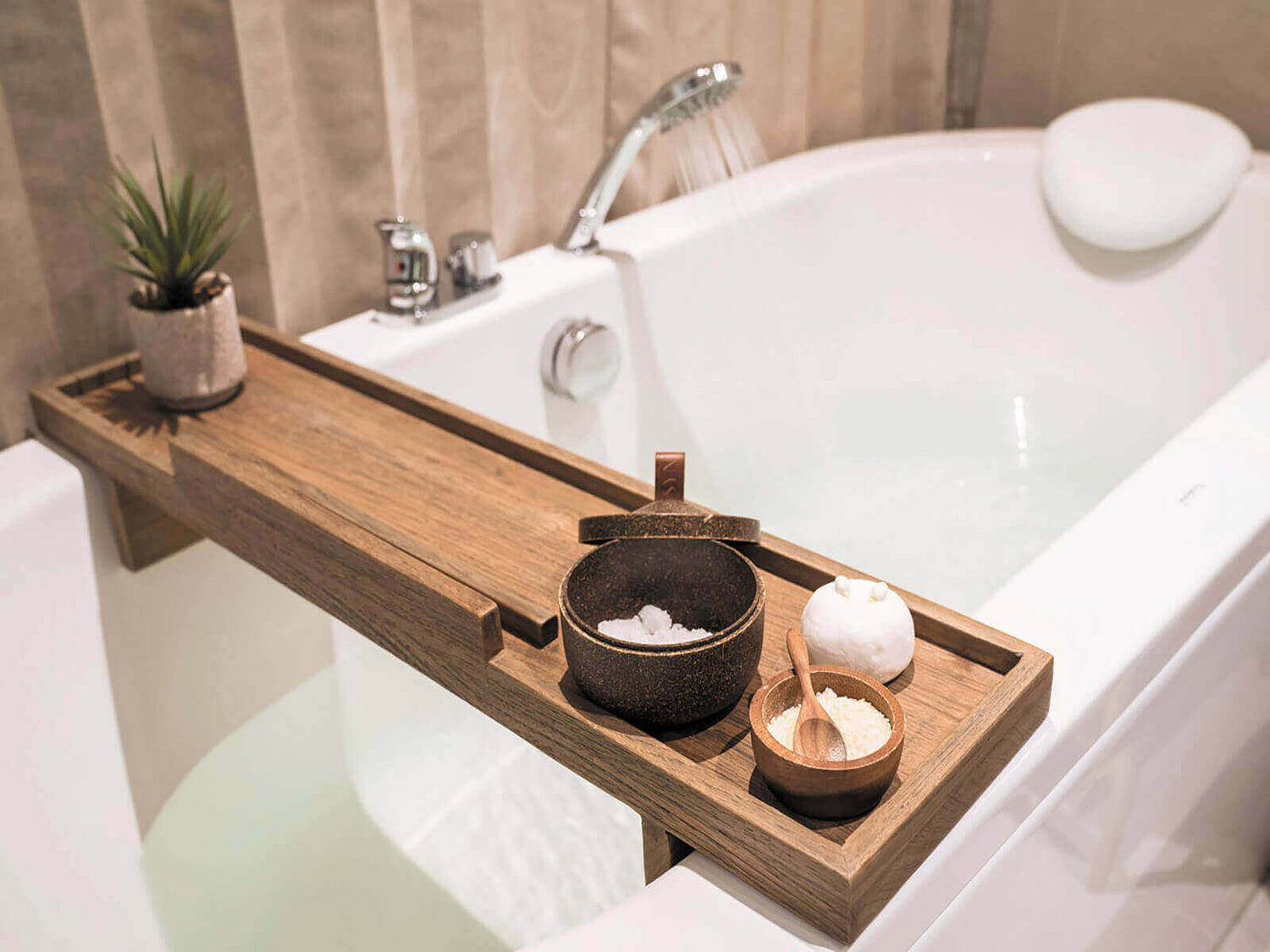
Is Bathing in a Bathtub Good for Your Health
The answer is yes. Whether in hot water or cold water, bathing in a bathtub offers numerous good for the body. It can effectively relax muscles, improve blood circulation, reduce stress, and help detoxify the body while promoting better skin. However, it’s important to note that these benefits are contingent on proper bathing techniques. For example, water that is too hot or prolonged soaking can actually put stress on the body. Additionally, homeowners with cardiovascular conditions should be cautious, as extended periods in the bath may not be suitable. For these individuals, a shower might be a safer and healthier option.
Cold, Warm, or Hot Water Baths
-
Cold Water Bath
Cold water baths are typically used for their anti-inflammatory benefits. They constrict blood vessels, reduce inflammation, and strengthen the immune system, which accelerates the recovery process. Cold baths are particularly effective for relieving muscle fatigue and soreness after exercise. The stimulating effects of cold water also help refresh the mind and enhance the body’s tolerance to cold, making it ideal for those who need quick recovery or want to increase their stamina.
Best for:
- Athletes or those with high-intensity training
- Individuals with weaker immune systems or who frequently fall ill
- People who need to boost energy or stay alert
-
Warm Water Bath
A warm water bath is the most common and gentle form of bathing. It helps to stimulate blood circulation, relax muscles, and alleviate mental stress. The soothing nature of warm water also aids in reducing anxiety and promoting relaxation, especially in the evening, helping to improve sleep quality. Moreover, warm water has excellent skin-care properties as it stimulates blood flow to the skin, making it smoother and more refined.
Best for:
- Adults seeking daily relaxation
- Those suffering from insomnia or poor sleep quality
- Individuals with muscle soreness or fatigue
- People with dry skin
-
Hot Water Bath
Hot water baths are known for their ability to deeply relax muscles, stimulate circulation, and ease joint pain and muscle cramps. By raising body temperature, hot water helps expand blood vessels, which supports the elimination of toxins and alleviates body stiffness. This type of bath is particularly beneficial in cold weather. In addition, hot water helps with metabolism, induces sweating, and purifies the skin, providing a deep level of relaxation while helping detoxify the body.
Best for:
- People in cold climates
- Individuals with chronic joint pain or those who sit for long periods
- People looking to boost circulation and detoxify the body
Things to Keep in Mind When Bathing in a Bathtub
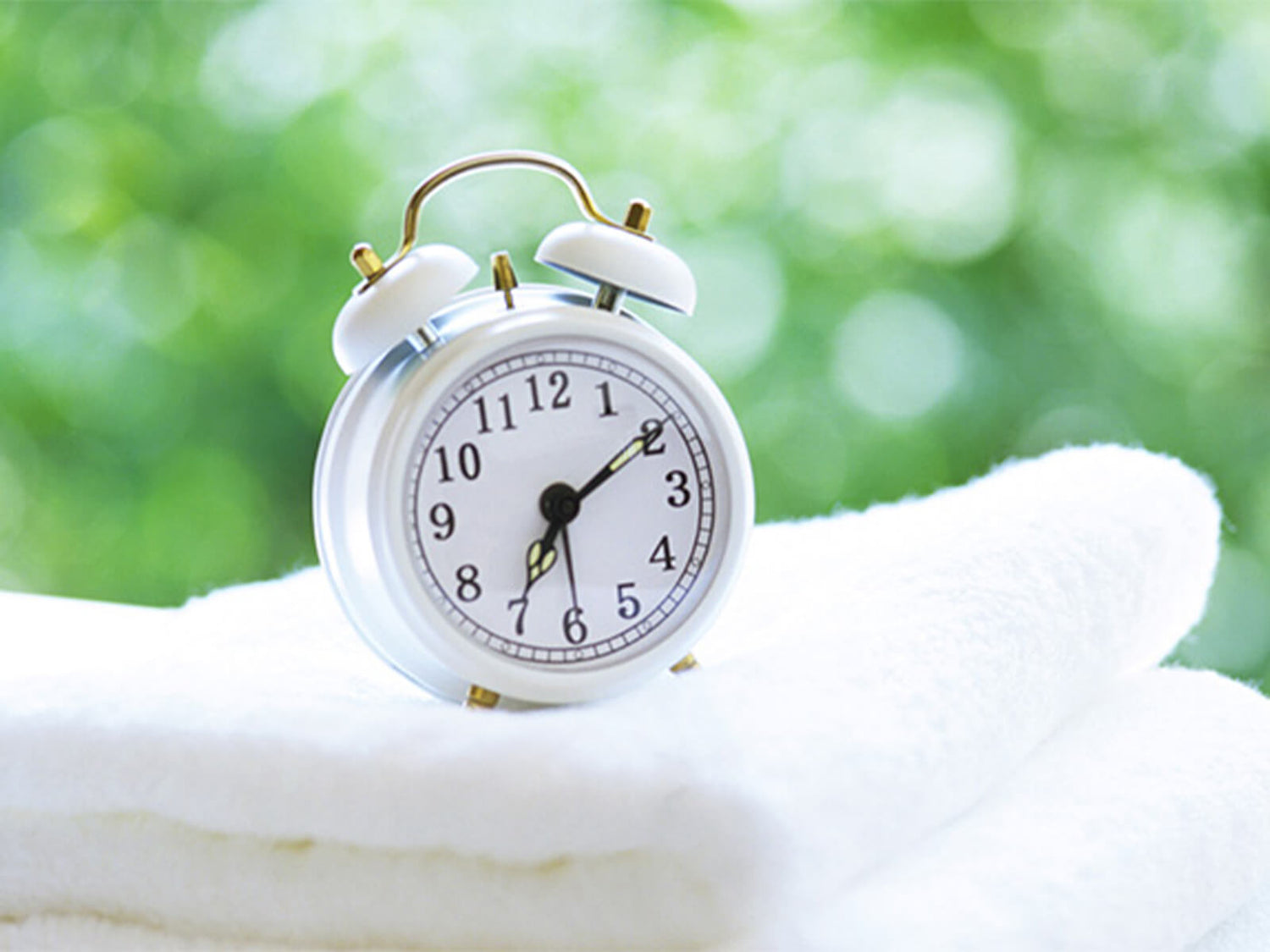
Ideal Bathing Time
While many homeowners may wish to enjoy the comfort of a long bath, it’s important to note that prolonged soaking isn’t always beneficial for the body. The ideal bath time is between 10 to 15 minutes and should not exceed 20 minutes, as extended soaking may lead to excessive fatigue or dry skin. To maintain a healthy balance, it’s advisable not to soak in the tub daily; alternating between the bathtub and shower allows the body to experience different relaxation effects while preventing negative impacts on skin and circulation.
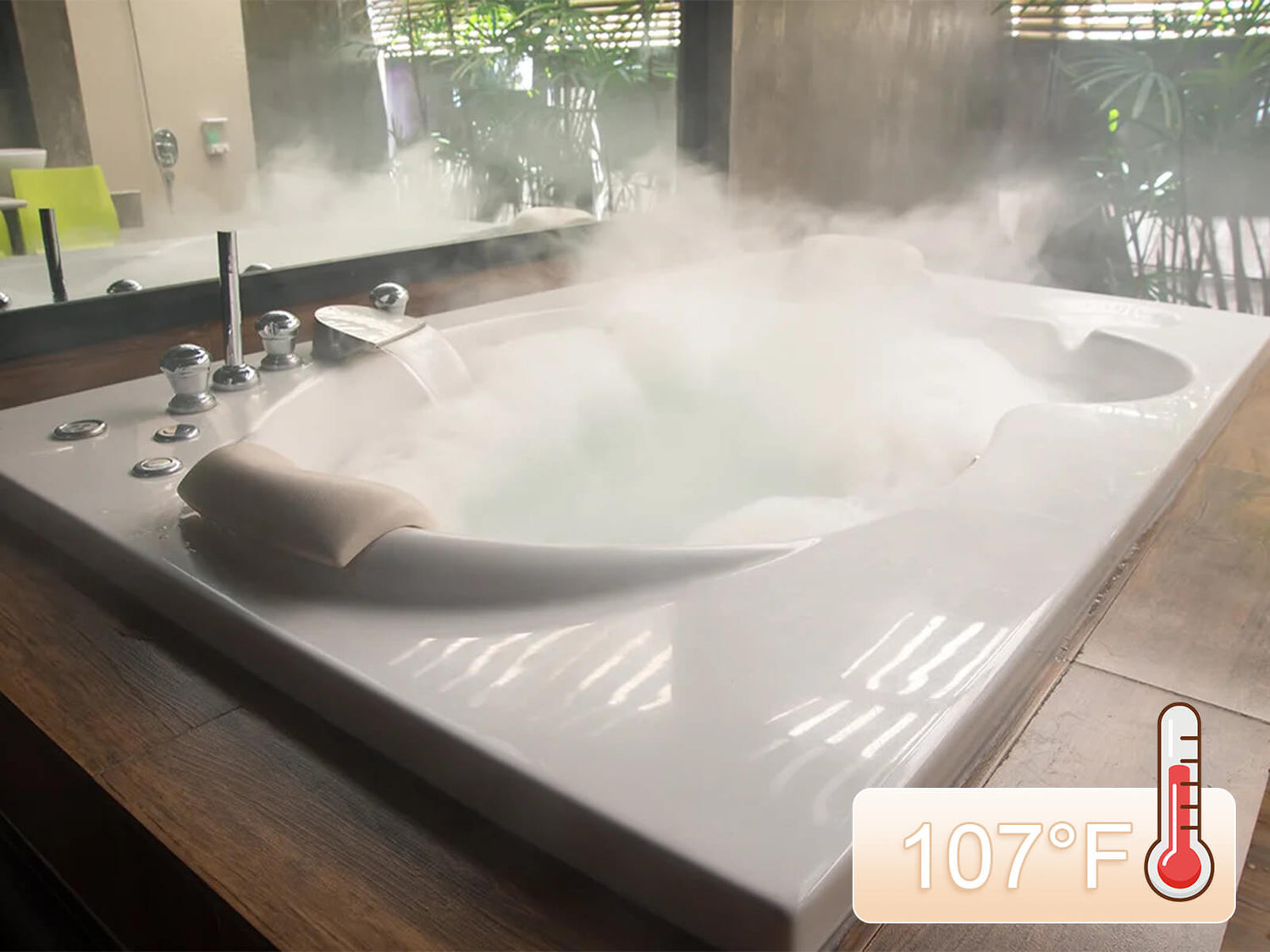
Ideal Bathing Temperature
The optimal water temperature varies from person to person, and it should be adjusted according to individual health conditions. For most adults, the water temperature should not exceed 107°F (42°C) to avoid overloading the body. Elderly people or individuals with conditions such as cerebrovascular diseases or epilepsy should keep the water temperature around 95°F (35°C) for safety. Pregnant women should maintain the water temperature between 95°F and 100.4°F (35°C to 38°C), ensuring both comfort and safety for the mother and baby.
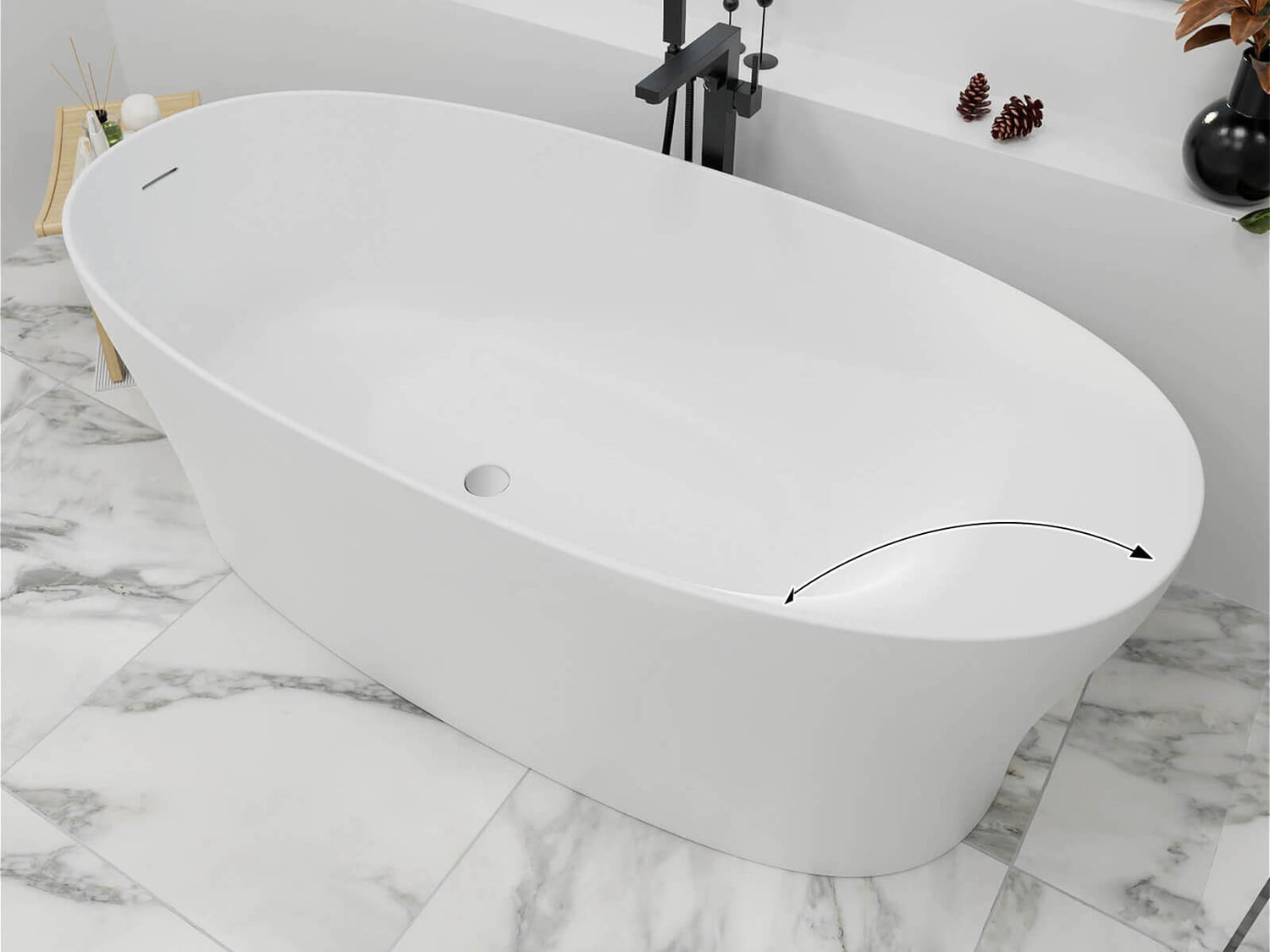
Best Bathtubs for Soaking
For homeowners seeking the ultimate bathing experience, several key factors need to be considered when choosing a bathtub. First is the size of the tub, which determines whether there is enough space at the bottom to stretch the body fully and the right size should be chosen based on both bathroom space and height. Next, soaking depth is important as it directly affects how evenly the water covers the body, with a depth of 15 inches or more being ideal. The slope angle also affects comfort, with an angle of 110° or greater providing the best back support. Lastly, for heat retention, consider choosing a multi-layered bathtub, such as an acrylic bathtub, which helps minimize heat loss.
Soaking Bathtubs—Your Best Bathroom Companion
Soaking bathtubs, as a classic and conventional design, can be freestanding, built-in, or come with a deck. Regardless of the form, the term "soaking" emphasizes its core design feature: deep enough to offer a comfortable and immersive soaking experience. Typically, a soaking bathtub should have a depth of at least 13 inches (about 33 cm), measured from the bottom to the overflow drain. This depth determines how much of your body can be submerged in water. To meet the needs of homeowners looking for the ultimate soaking experience, all the soaking bathtubs in our collection feature depths exceeding 15 inches, ensuring you enjoy a more comfortable, immersive experience.
So why is a soaking bathtub considered your best bathroom companion?
Adequate depth allows water to cover a larger portion of your body, providing a more comprehensive relaxation effect. This is not just about the water temperature; it’s about the coverage of the water. Increasing the depth of the bathtub ensures that the water temperature is evenly distributed across the body, offering deeper relaxation. Additionally, deeper bathtubs provide some buoyancy support, allowing your body to almost float while soaking, reducing pressure on your body from the bottom of the tub. This makes prolonged soaking more comfortable, easing muscle tension and pressure.
-
49" Small Size Sit-In Soaking Tub
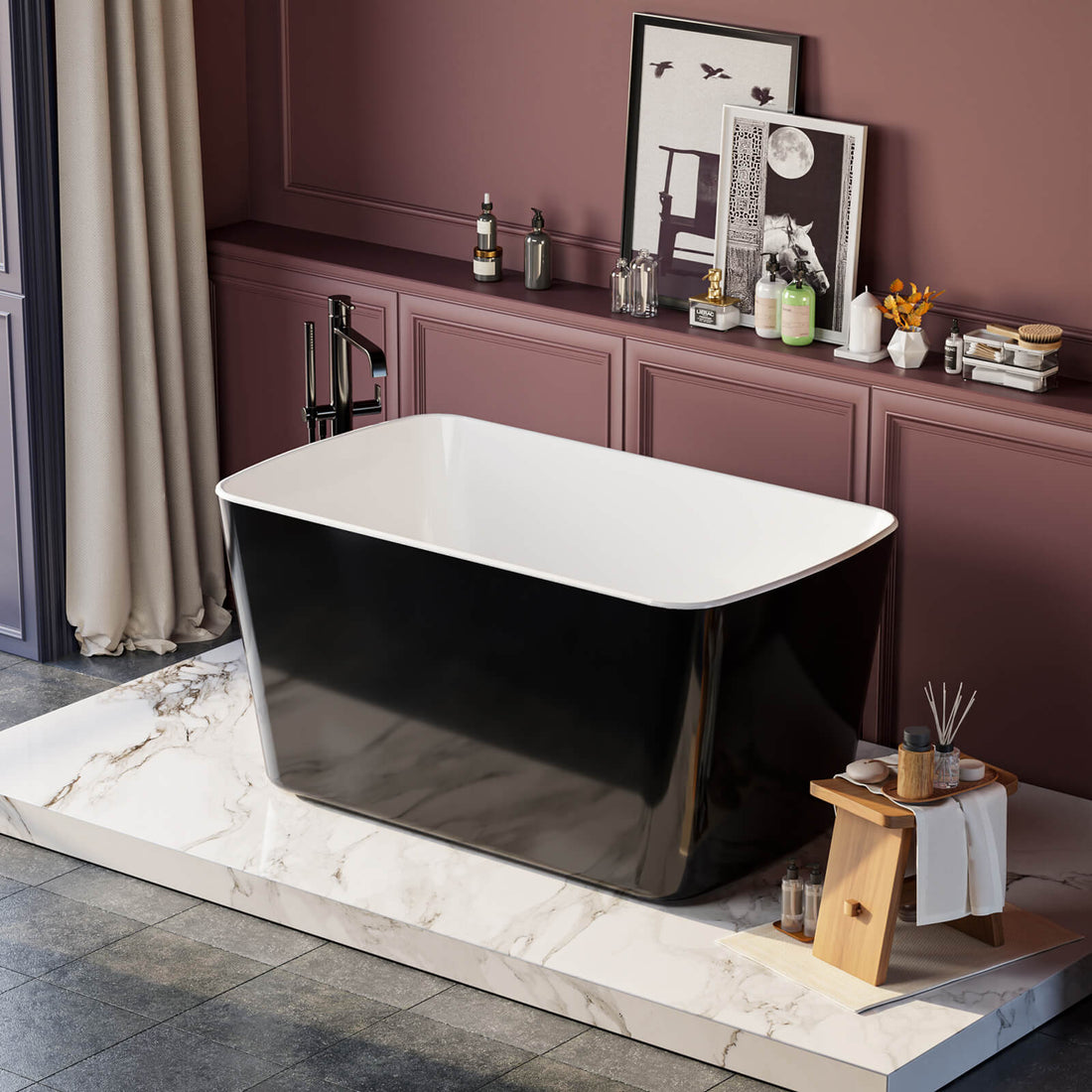
 49" Small Size Sit-In Soaking Tub
49" Small Size Sit-In Soaking Tub- Regular price
-
$884.00 - Regular price
-
- Sale price
-
$884.00
Quick view
-
Luxurious 63" Single Slipper Freestanding Soaking Tub
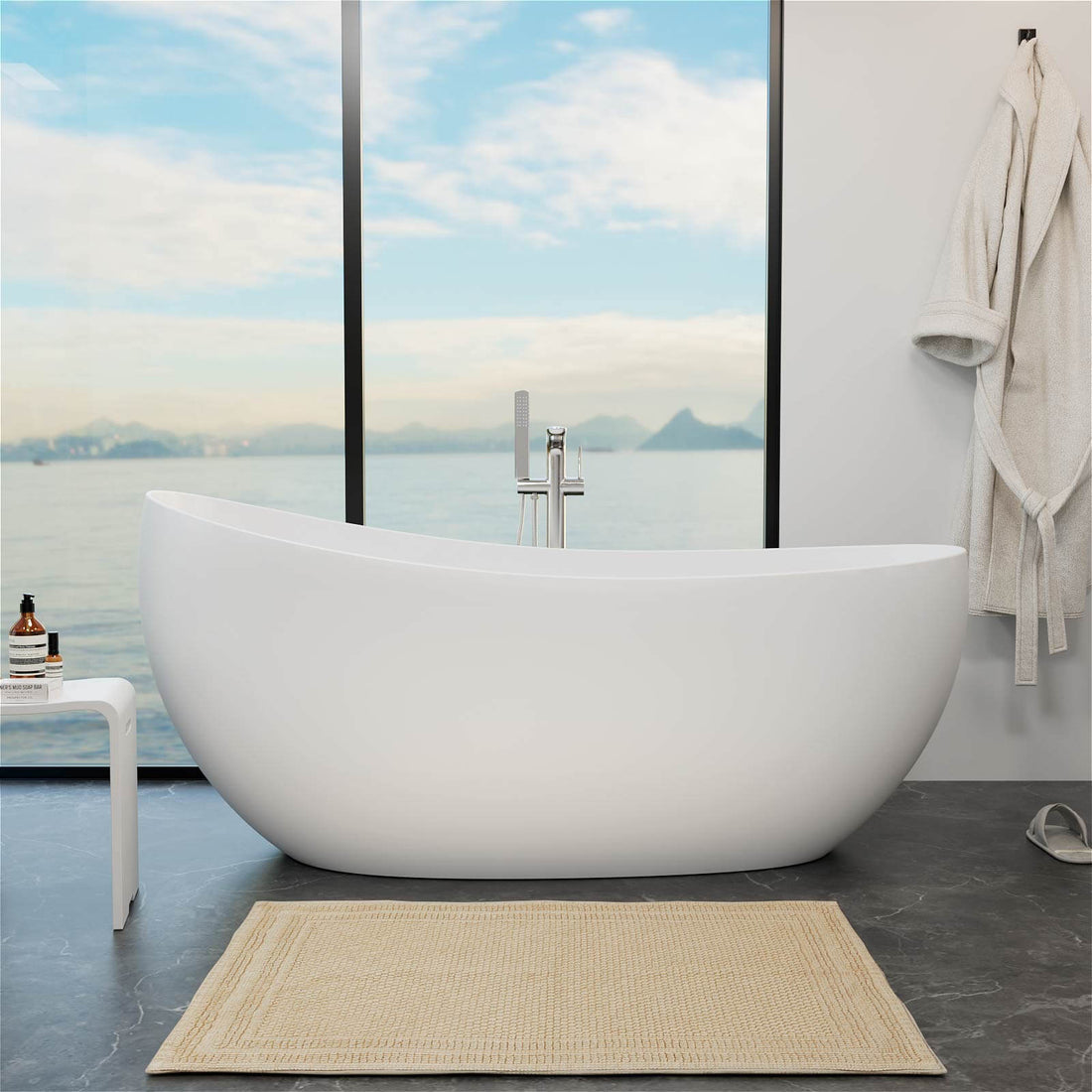
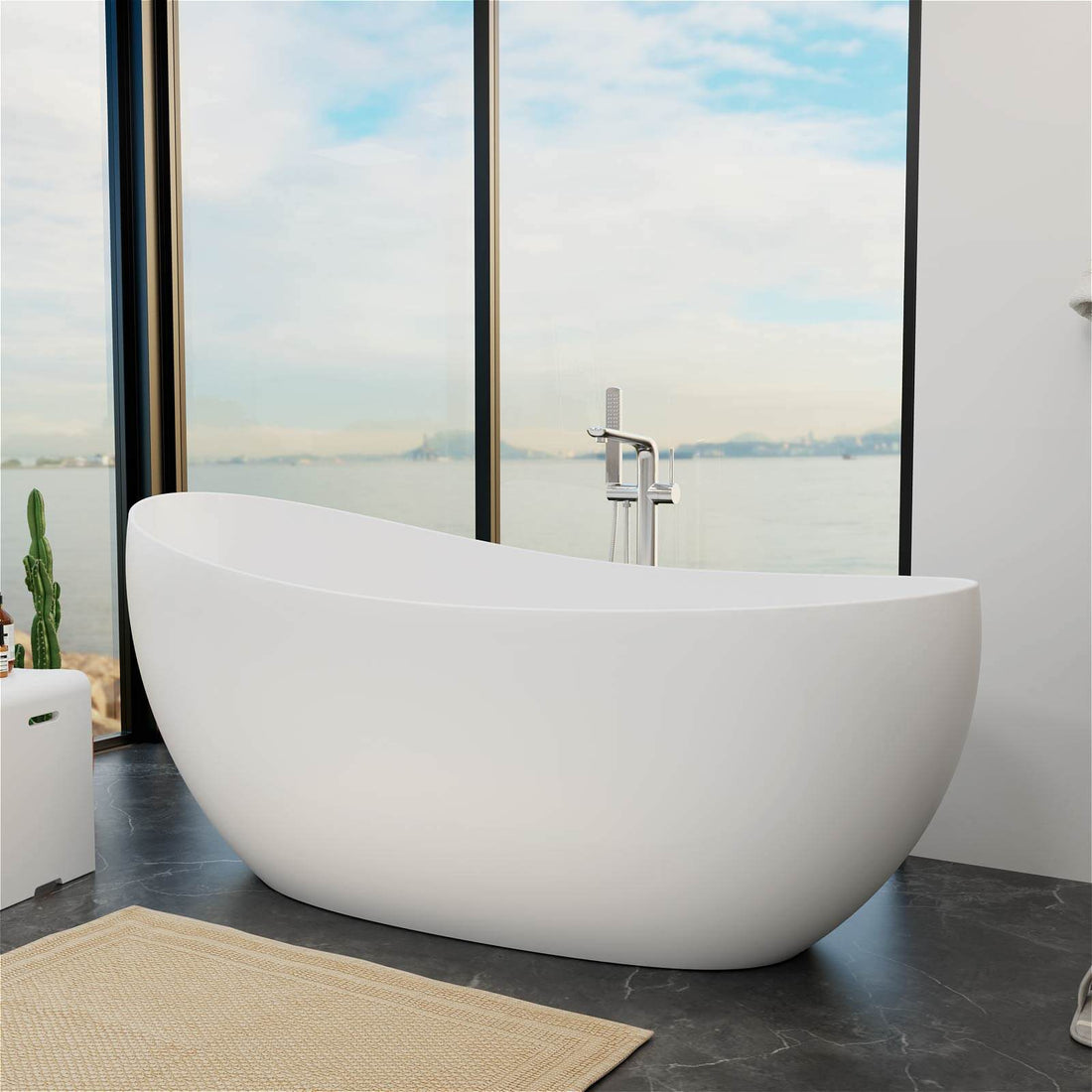 Luxurious 63" Single Slipper Freestanding Soaking Tub
Luxurious 63" Single Slipper Freestanding Soaking Tub- Regular price
-
$2,299.99 - Regular price
-
- Sale price
-
$2,299.99
Quick view
-
Mokleba 67" Acrylic Rounded Rectangle Freestanding Soaking Bathtub Double Ended
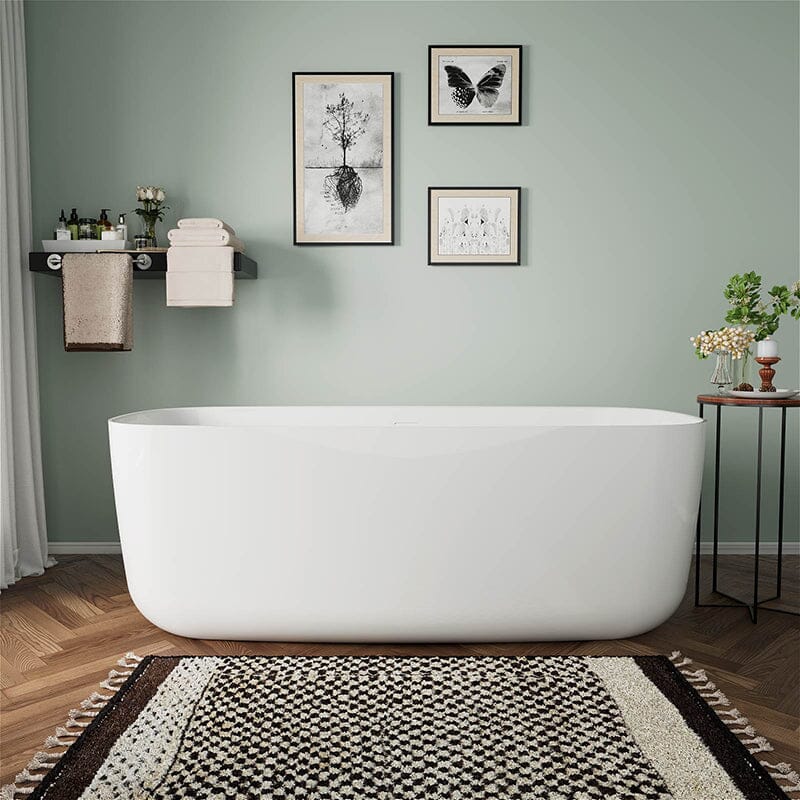
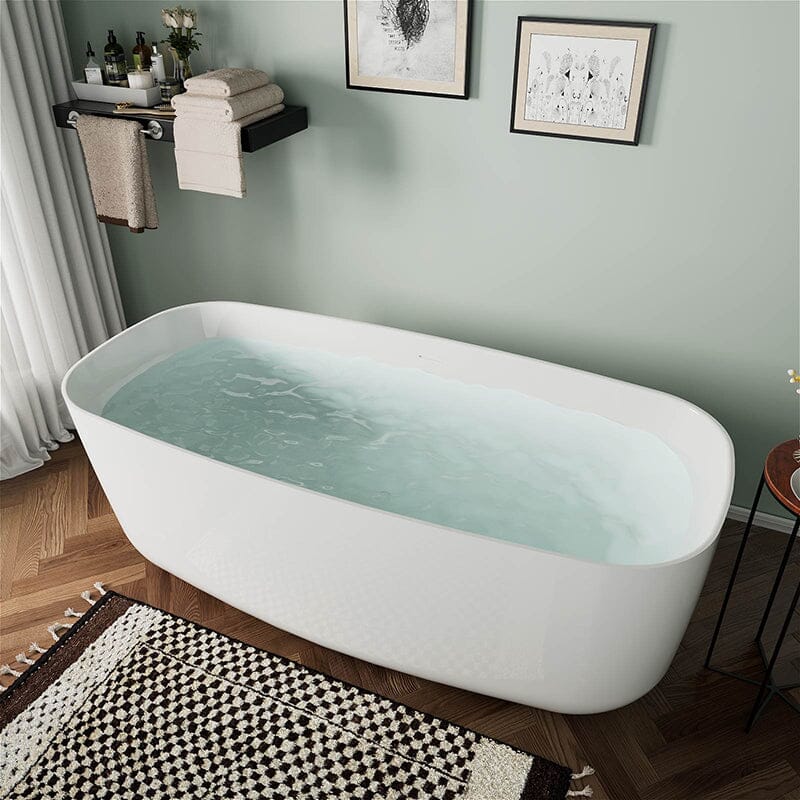 Mokleba 67" Acrylic Rounded Rectangle Freestanding Soaking Bathtub Double Ended
Mokleba 67" Acrylic Rounded Rectangle Freestanding Soaking Bathtub Double Ended- Regular price
-
$699.99 - Regular price
-
$2,299.00 - Sale price
-
$699.99
Quick view
-
63"/67"/71'' Solid Surface Stone Resin Freestanding Soaking Bathtub Comfortable Backrest Design
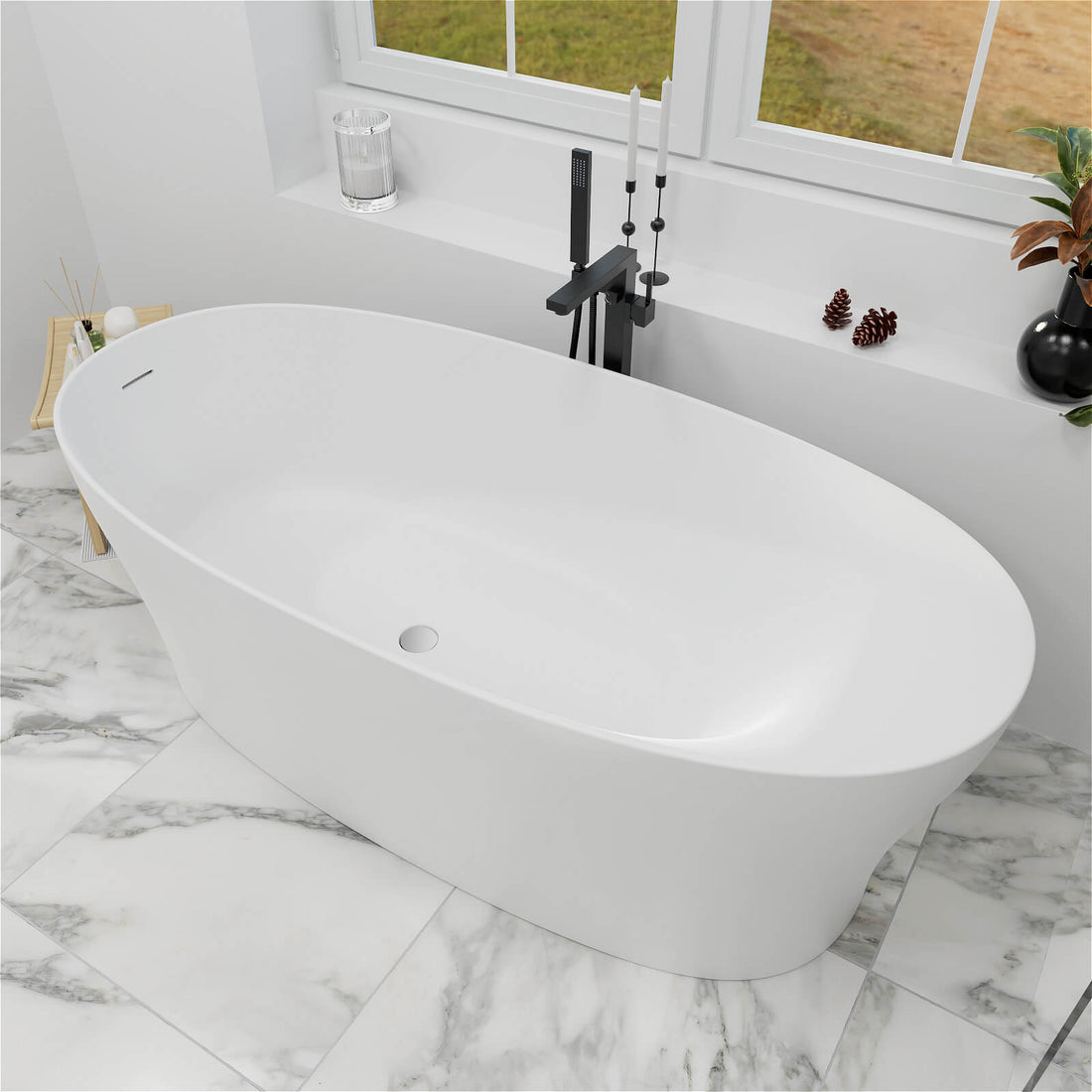
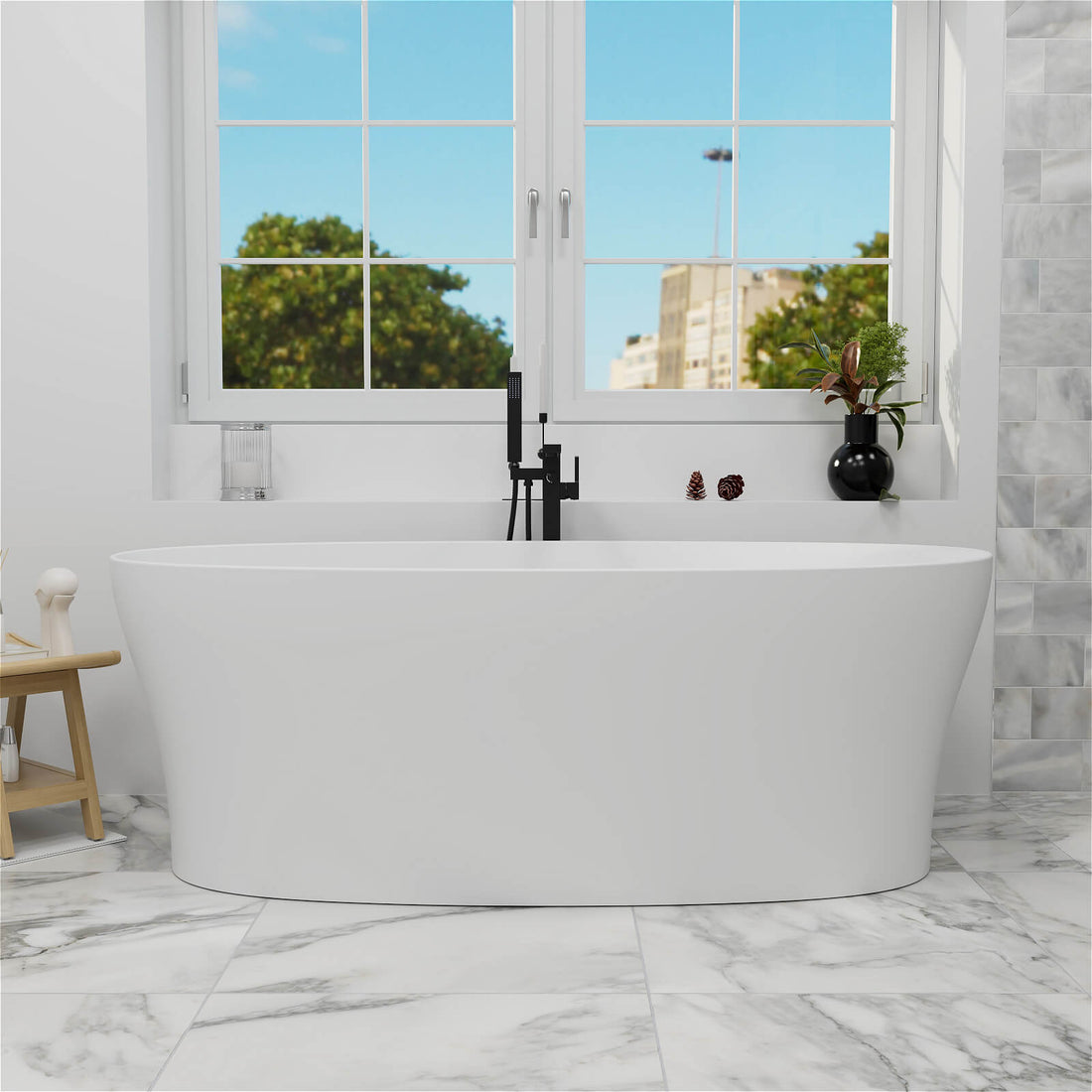 63"/67"/71'' Solid Surface Stone Resin Freestanding Soaking Bathtub Comfortable Backrest Design
63"/67"/71'' Solid Surface Stone Resin Freestanding Soaking Bathtub Comfortable Backrest Design- Regular price
-
From
$1,899.99 - Regular price
-
$2,999.99 - Sale price
-
From
$1,899.99
Quick view
Ending
Soaking baths in the right conditions can be a wonderfully beneficial way to relax and rejuvenate your body and mind. Whether you prefer cold, warm, or hot water, each type of bath serves a different purpose, and selecting the right bathtub and bath time can maximize the health benefits of your bathing routine.
More Ideas
-

French Country Bathroom Design
If you're dreaming of a bathroom that’s understated yet elegant, rustic yet romantic, this guide by Giving Tree Home will help you explore the essence of French Country bathrooms. We'll...
-

10 Half Bathroom Ideas to Maximize Style in Small Spaces
You may find it hard to refresh the half bathroom space that you already have, but don't worry; we've some great small half bathroom ideas that would come handy to...
-

Top 10 Bathroom Shelf Ideas to Maximize Space and Style
Discover the top 10 bathroom shelf ideas to maximize space and add style. From floating shelves to rustic designs, explore the best bathroom storage solutions.
-

Bathroom Vanity Height Selection Guide
Find the perfect bathroom vanity height for comfort and functionality. The standard height is 30"-34", while a comfortable height for taller users is 36". Learn how to choose the best...
-

6 Creative Black Bathroom Design Ideas
Black has become a popular choice in modern bathroom design, adding sophistication, luxury, and drama. Whether as an accent or primary color, it transforms spaces with sleek tiles, bold vanities,...
-

How to Use a Toilet Seat Cover
Toilet seats are breeding grounds for bacteria. To maintain hygiene and avoid direct contact with dirt in public restrooms, using a toilet seat cover is the best solution. It's simple,...














